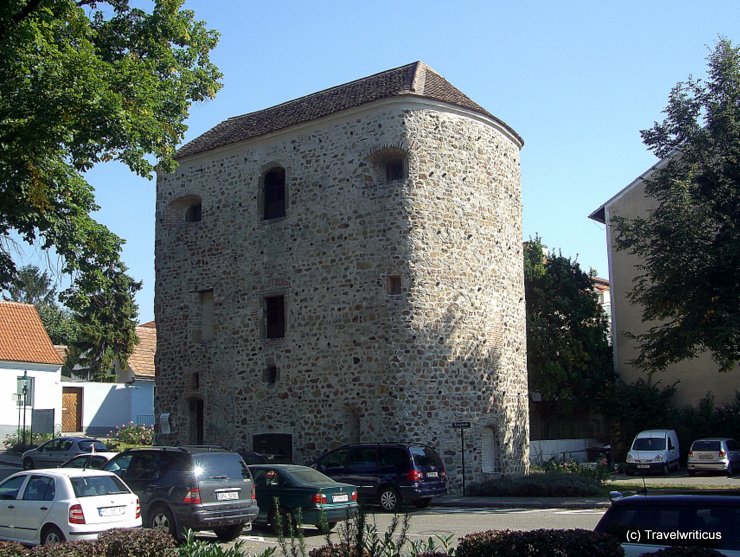
The Horseshoe Tower (Hufeisenturm) in Tulln remains from the ancient military camp Comagena. The Roman name originated from an equestrian unit descending from the region of Commagena.
You only see what you know (Goethe)

The Horseshoe Tower (Hufeisenturm) in Tulln remains from the ancient military camp Comagena. The Roman name originated from an equestrian unit descending from the region of Commagena.
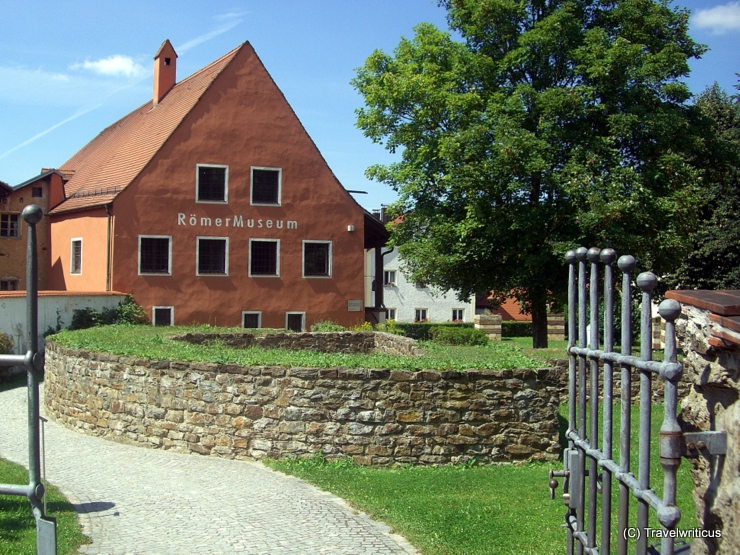
The Bavarian city of Passau has a rich Roman history. On the grounds of the Roman museum Boitro (Römermuseum Kastell Boitro), you still see parts of an ancient fort like the walls of a fan-shaped tower.
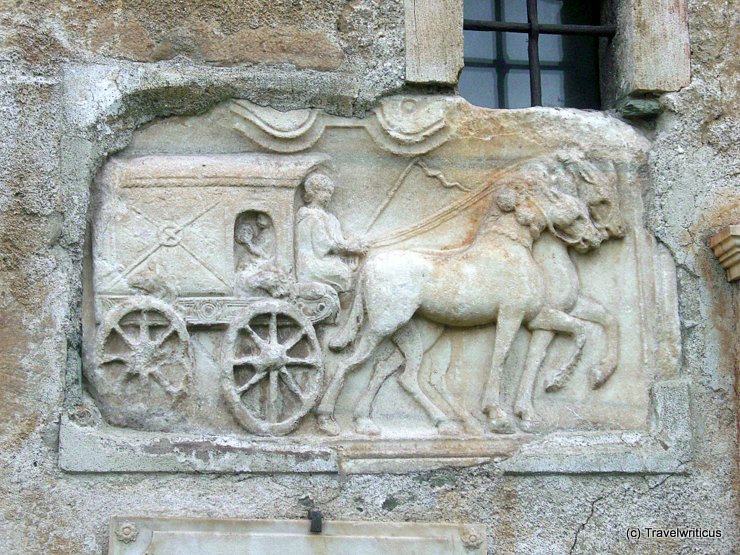
This piece is one of the most famous ancient Roman tombstones in Austria. It is the depiction of a coach. You find it in the wall of the Marienkirche, a church in Maria Saal. Though it doesn’t show a mail coach, it is sometimes called so.
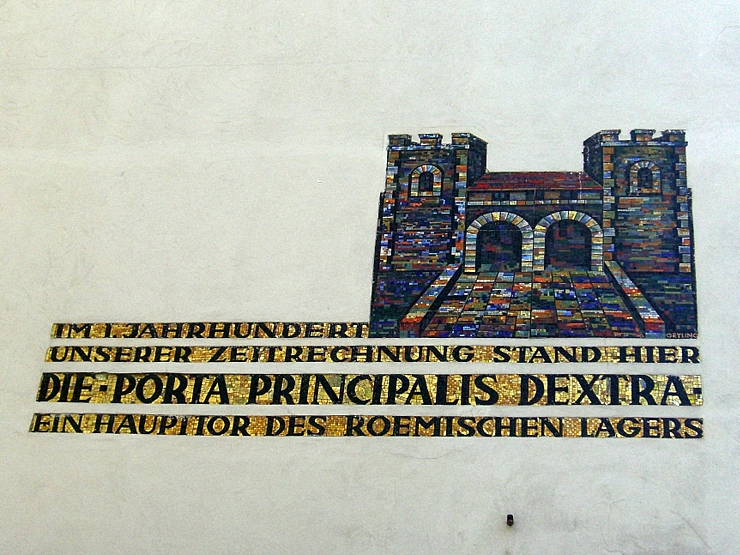
This mosaic at a building in Vienna reminds pedestrians of an ancient gate (porta principalis dextra) that stood here in the 1st century. It was part of the Roman fort Vindobona, the nucleus of modern Vienna.
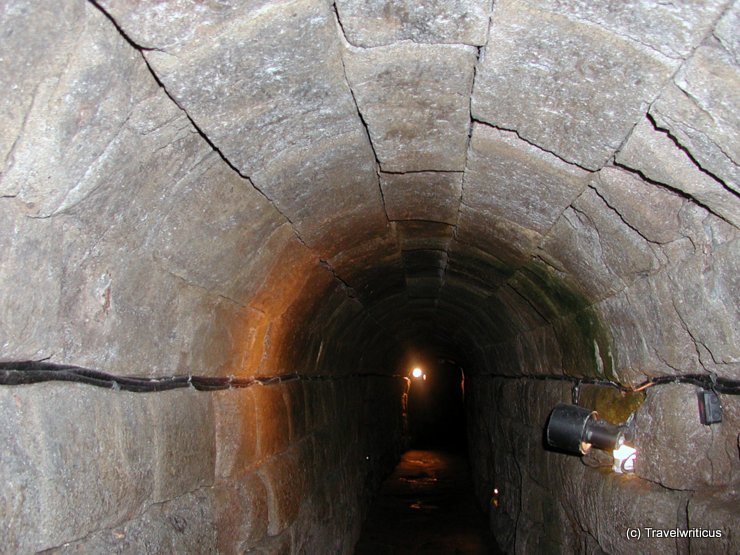
Below the Spanische Bau in Cologne, fans of Roman architecture find the remains of the ancient Roman Praetorium. Right next to these ruins, visitors have the chance to walk through a former Roman sewer below the streets of the modern city.
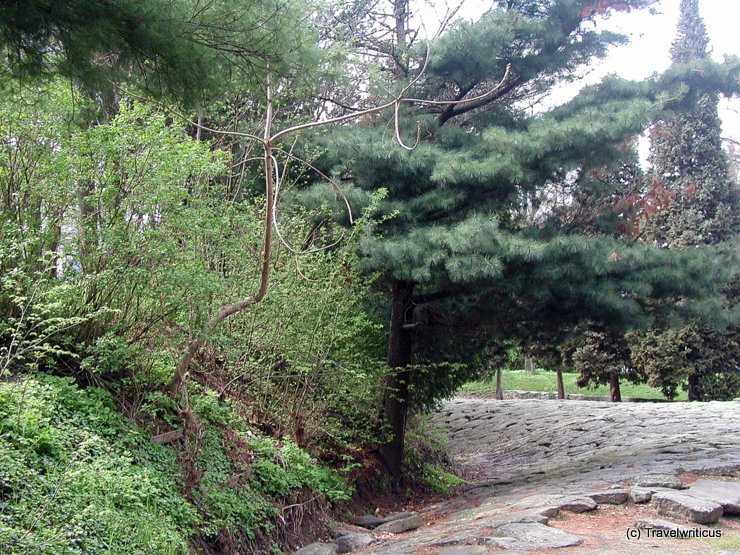
In the archaeological zone of the Hungarian town of Szombathely, there are remains of the ancient street paving. The Roman name of this place was Colonia Claudia Savaria. [German]
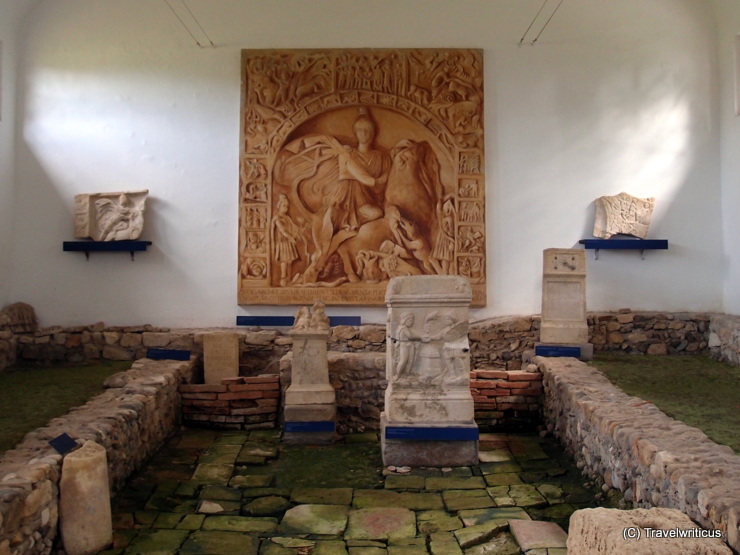
A protective building in the style of an ancient Roman sanctuary shelters the remains of the Mithras Shrine III in Ptuj. The shrine was erected in the sixties of the 3rd century by soldiers of the Legio XIII Gemina.
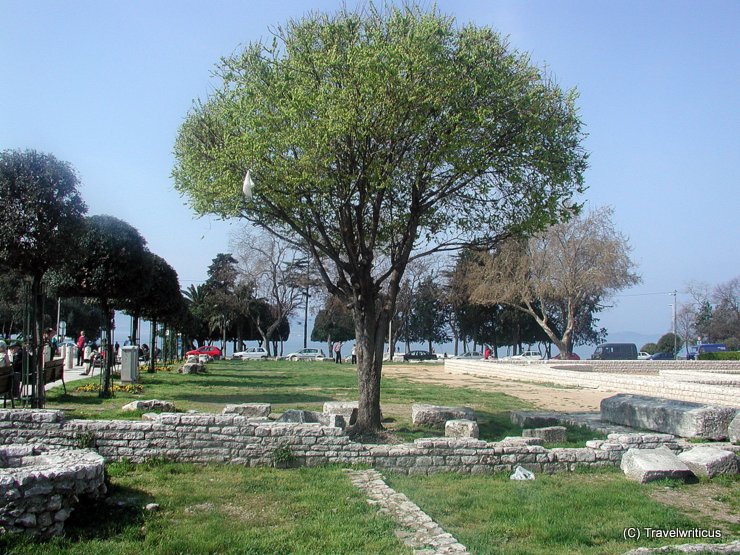
During the Roman period, Zadar’s name was Iader or Colonia Iulia Iader. Near the coast, you will find the remnants of the Roman Forum. Additionally, two museums provide you with remarkable ancient Roman stuff. [German]
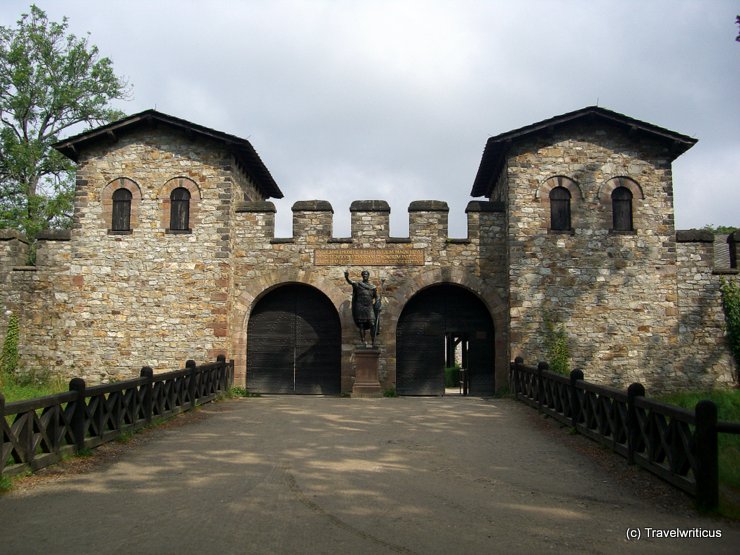
The Saalburg is a reconstructed Roman fort in Hesse. Inside its walls, a museum tells about the life of the soldiers along the border. The castellum was a part of the Upper Germanic-Rhaetian Limes. Today the remains of the Limes are enlisted as UNESCO World Heritage Site. [German]
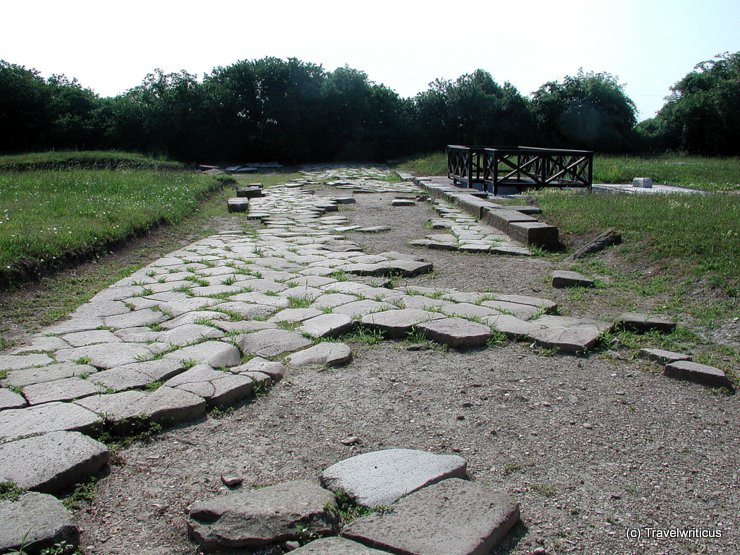
The ancient Roman city of Altinum was a settlement in the region of today’s Quarto d’Altino. During its flowering, it had over 20,000 inhabitants. After being destroyed by the Huns, the inhabitants fled to the small islands in the lagoon of later Venice. [German]
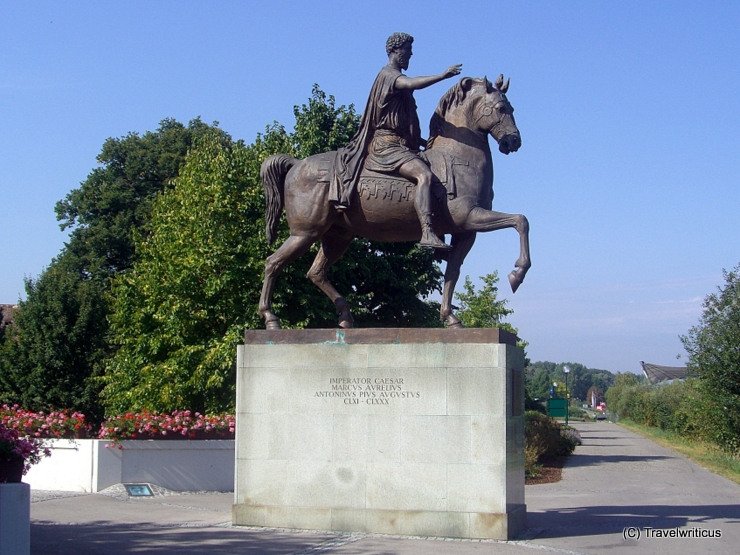
This equestrian statue of emperor Marcus Aurelius is a replica of the one that stood on Capitols Square (Piazza del Campidoglio) in Rome. The sculpture in Tulln commemorates that a Roman camp named Comagena was the predecessor of the modern city. [German]
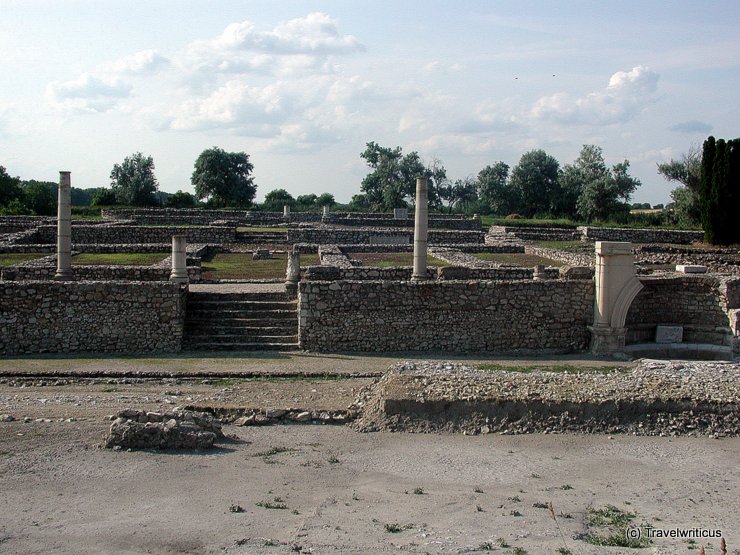
The Gorsium Archaeological Park near Tác tells about life in this region during the ancient age. The Roman influence started here with a fort protecting a road junction and a ford of the Sarviz River in the middle of the 1st century. [German]